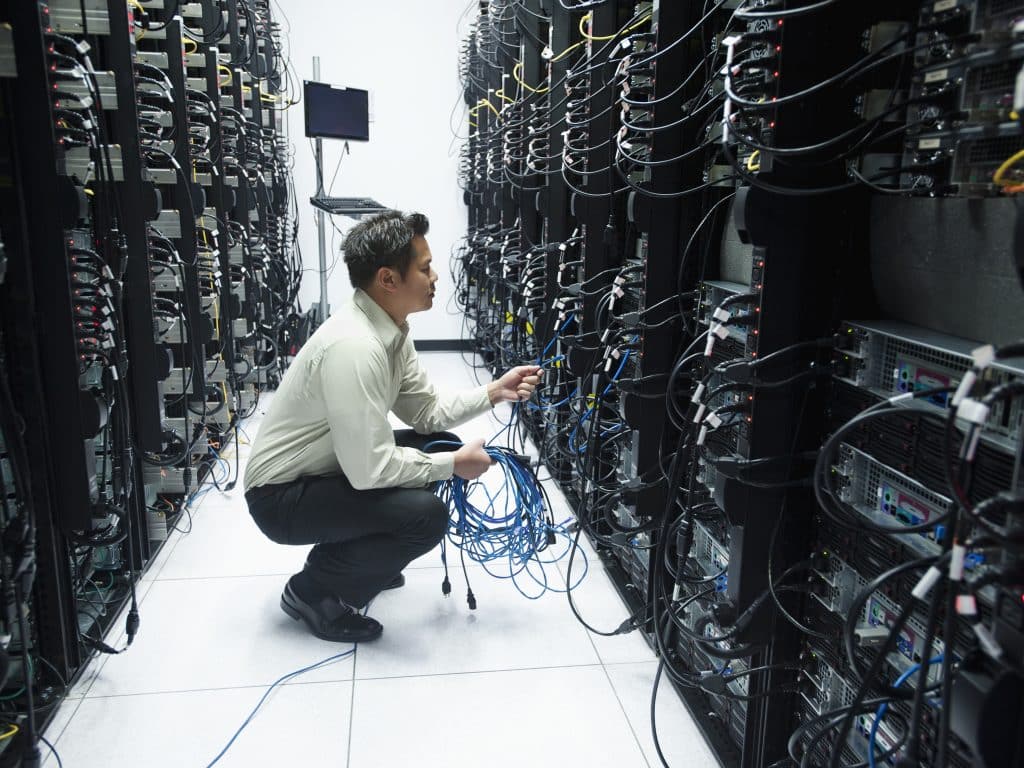Is Cybersécurity the achilles heel of the digital transformation?
Businesses, administrations and even governments are increasingly being hit by cyberattacks. No one can now claim to be safe.
A wealth of information on digital transformation and energy transition right at your fingertips.
Businesses, administrations and even governments are increasingly being hit by cyberattacks. No one can now claim to be safe.

 Cédric Cailleaux, head of the security excellence centre at Axians
Cédric Cailleaux, head of the security excellence centre at Axians
Companies have benefited from the enormous amount of attention that IT threats have received in...
Read the articleGet all our new content every month!
Fierce competition, the pursuit of productivity, relocation policies, a shortage of manpower: these are just some of the pressures on an industry searching for solutions to kick-start a new growth cycle and make plans for long-term recovery. One of these potential solutions is robotic automation. Having long been a pipe dream, it is now a rapidly expanding reality.
With a carbon footprint that accounts for 3% of worldwide greenhouse gas emissions, maritime transport is as polluting as air transport or the whole of Germany. However, cargo transport – 80% of which is by sea – still outperforms every other transportation system. The decarbonisation of shipping is therefore crucial. The UN, EU, national governments and other key players in the sector (shipowners, shippers, ports, etc.) are working together to accelerate maritime transport’s environmental transition.
With society under pressure from the climate crisis and the urgent need for energy transition, businesses are being asked to radically overhaul their design and production models. This major transformation includes massive adoption of techniques and materials that use fewer natural resources; systematic reuse and recycling of tools and materials; and widespread promotion of short loops.
The much-needed expansion of renewable energies, which are characterised by intermittent, decentralised production, has created a real need for increased electricity storage capacity. Technical, regulatory and economic obstacles yet to be overcome are holding back the rollout of new storage technologies.